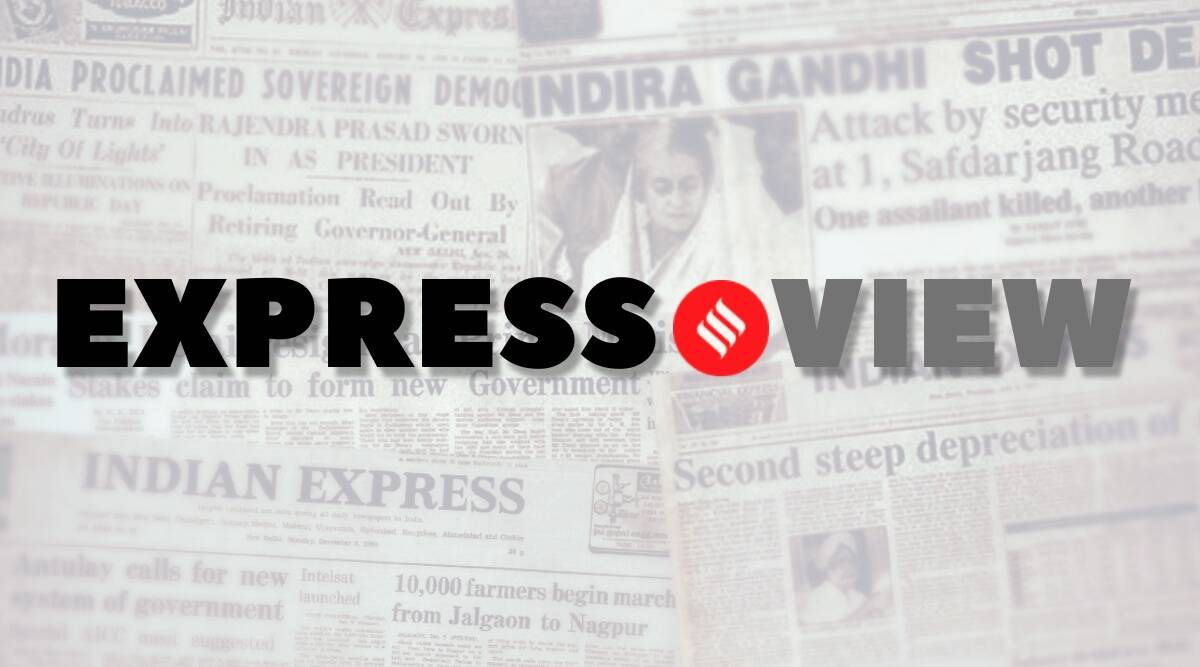 On the indirect tax side, GST collections have also stabilised at a higher level.
On the indirect tax side, GST collections have also stabilised at a higher level.Even as concerns over the country’s medium-term economic outlook are beginning to be voiced, central government tax collections continue to fare better than expected. As per data released by the finance ministry, gross direct tax collections have touched Rs 8.98 lakh crore till October 8, up almost 24 per cent over the same period last year. Adjusting for refunds, collections stood at Rs 7.45 lakh crore, or almost 53 per cent of the budget estimate for 2022-23. Considering that the government had been rather conservative in its revenue projections for this year — the Union budget had pegged direct tax collections at Rs 14.2 lakh crore in 2022-23, up only 2.5 per cent over the previous year — this latest data only reaffirms the view that tax collections will exceed budget estimates by a significant margin this year.
Under the broad rubric of direct taxes, the disaggregated data shows that so far personal income taxes have grown by a robust 32 per cent over this period, even as corporate tax collections have grown at a healthy 17 per cent. On the indirect tax side, GST collections have also stabilised at a higher level. Higher central government tax collections also imply that tax devolution to states will be significantly higher than the budgeted amount of Rs 8.16 lakh crore this year. In fact, the central government has already stepped up devolution to the states over the past few months. On the expenditure side, even as the Centre’s revenue spending is only marginally higher this year, capital expenditure has so far grown at a brisk pace, particularly by the ministries of roads and railways — together, they account for a significant share of overall central government capex. As reported in this paper, of the Rs 85,279 crore spent by Railways so far, Rs 67,245 crore or 79 per cent was on account of capital expenditure. For the ministry of road transport and highways, it was even higher.
However, notwithstanding the healthy growth in tax revenues and collections from other levies such as the windfall taxes on domestic crude oil production, there are concerns that a higher subsidy outgo will pose upside risks to the fiscal deficit target. In the budget, the food subsidy had been pegged at Rs 2.06 lakh crore, while the fertiliser subsidy has been budgeted at Rs 1.05 lakh crore. However, considering the extension of the free food scheme, and higher prices of fertilisers and their inputs post the Russia-Ukraine conflict, it is likely that the subsidy outgo of the government will exceed the budgeted allocations significantly. This could make it challenging to meet the fiscal deficit target of 6.4 per cent of GDP.